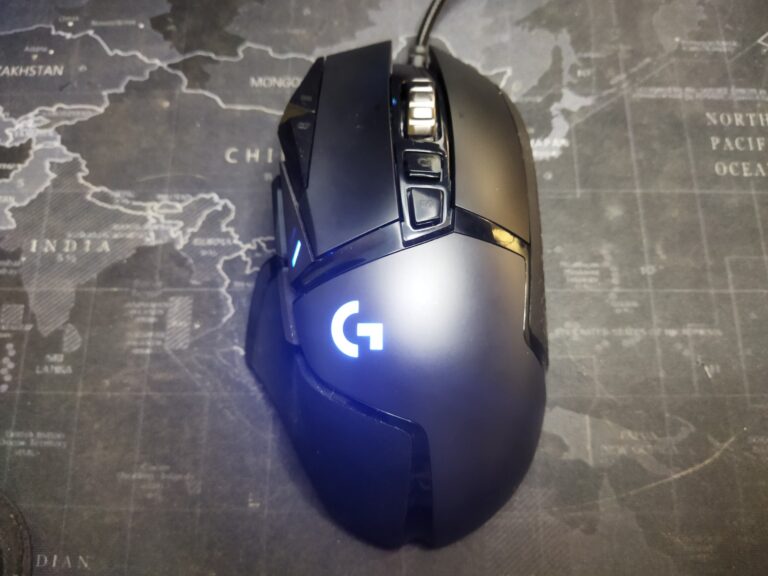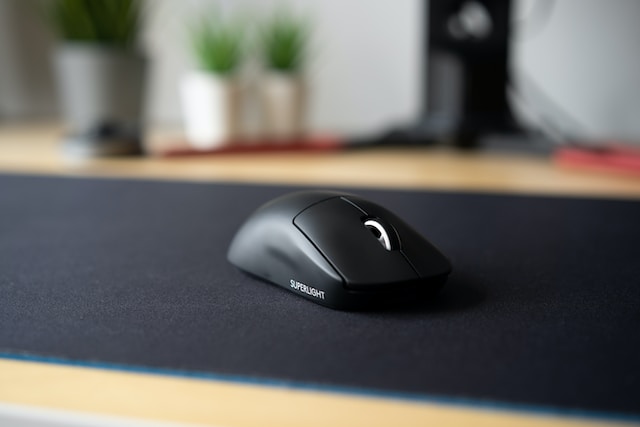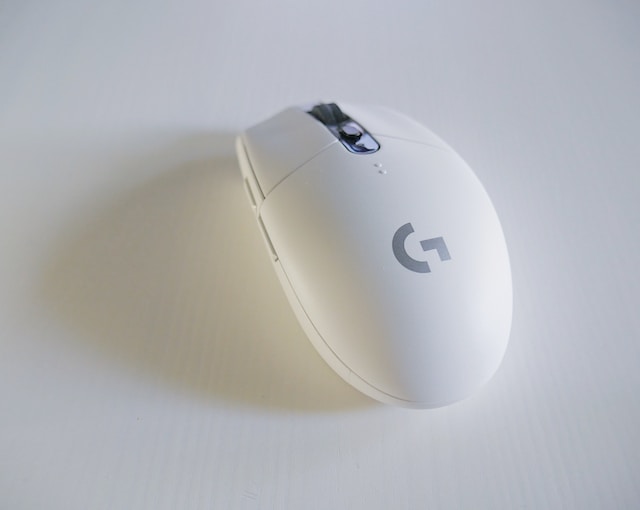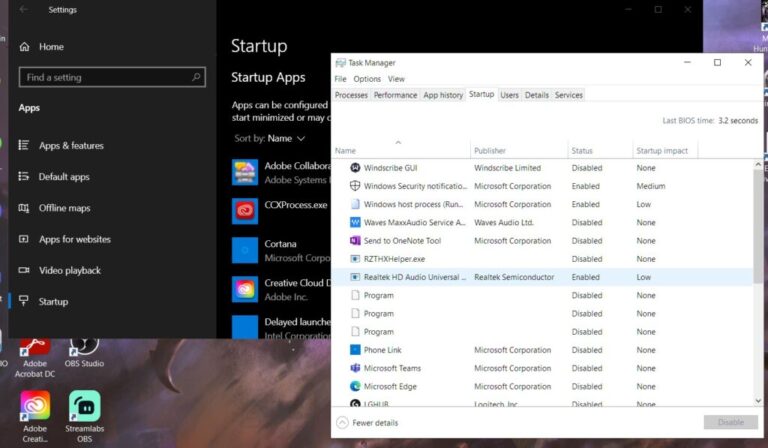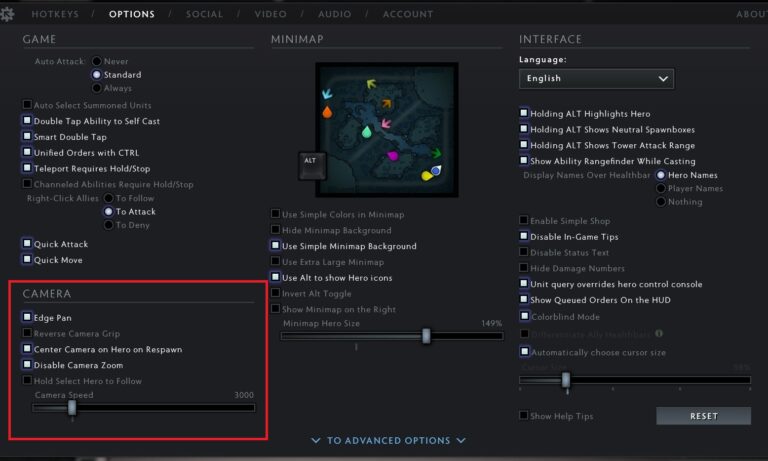Should I Buy a Monitor with a High Refresh Rate or High Resolution?
Should you buy a 1080p resolution and 165-hertz monitor or a 1440p resolution and 144hz monitor? This can sometimes be a hard decision for a gamer looking for the best compromise in refresh rate and resolution while saving a few bucks.
With today’s advances in monitor technology, many gaming monitors come with high resolution and high refresh rates.
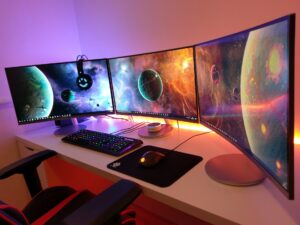
Resolution
Resolution is related to sharpness, image quality, and realism. This value is achieved with high values in the pixel density of the screen. There is no doubt the higher the number of pixels that the monitor allows, the better in every way the image it provides you, highly realistic and detailed.
If you’re an artist, photographer, or videographer, you need a monitor that can show you all the details. You don’t want to miss a single pixel! In this case, you should prioritize the monitor’s resolution. A higher resolution means more pixels, which translates to sharper and more detailed images. So, if you want to make your art pop or your photos shine, look for a monitor with a high resolution, like 1440p or a 4K display
For gaming, using a 4k monitor is nice but can be overkill in some games. Sometimes a 1080p monitor is still good for any budget setup but with a 1440p monitor, the difference is night and day when compared to a 1080p. It with be hard to go back to a 1080p display after playing in a sharper 1440p resolution.
Refresh Rate
The refresh rate is measured in hertz (Hz) and its relation to the pixels is inverse so that 4k screens offer limits of 60 Hz, while when the resolution is lower it can reach 144 Hz. Decide what interests you more and look for a monitor with a response tailored to your preferences.
If you’re a gamer or someone who loves fast-paced activities, you should focus on the refresh rate. Think of it as a racing car – the higher the refresh rate, the smoother and more responsive your monitor will be. So, if you want to level up your gaming experience, go for a monitor with a high refresh rate, like 144Hz or 240Hz.
Once you play a game in 144hz, it would be hard to go back to the standard 60hz refresh rate. You also have to remember that refresh rates can have a diminishing return of experience when going for a higher refresh rate. The jump from 60hz to 144hz can be monumental in terms of experience but moving from 144hz to 165hz can be a good experience but not as game-changing as the 60-to-144hz upgrade.
Conclusion
The problem, if you opt for immensely powerful resolutions is speed, keep in mind this rule: the more detail, the more time needed to update the screen, depending on the type of game, the detail and sharpness of the image are optimal, but the Refresh and display can be slow, even skipping. You must consider the limits of the components inside your computer. Using a monitor with high resolution and refresh rate can be taxing to a CPU and GPU. GTX 10XX series might be able to easily handle a 1080p 144hz monitor but moving to a 1440p monitor of the same resolution might cause some problems and force you to reduce the game set to its lowest.
Of course, if you have the budget, you can always get a monitor that excels in both refresh rate and resolution. But if you must choose, consider your primary use case to determine which feature matters most.


